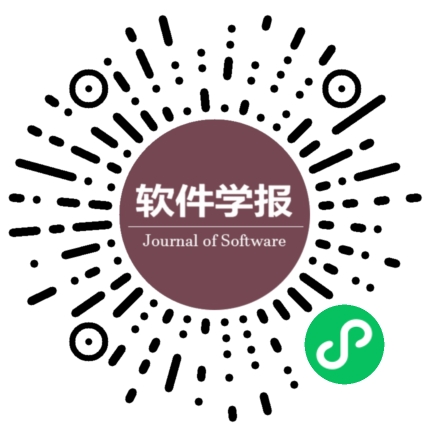基于森林优化特征选择算法的改进研究
作者:
作者单位:
作者简介:
初蓓(1990-),女,吉林桦甸人,硕士生,主要研究领域为机器学习;李占山(1966-),男,博士,教授,博士生导师,CCF专业会员,主要研究领域为约束优化与约束求解,机器学习,基于模型的诊断,智能规划与调度;张梦林(1991-),男,硕士生,主要研究领域为机器学习;于海鸿(1975-),男,博士,讲师,主要研究领域为约束优化与约束求解,大数据与数据挖掘,智能规划与调度.
通讯作者:
于海鸿,E-mail:yuhh@jlu.edu.cn
中图分类号:
基金项目:
国家自然科学基金(61170314,61272208);吉林省自然科学基金(20140101200JC)
Research on Improvements of Feature Selection Using Forest Optimization Algorithm
Author:
Affiliation:
Fund Project:
National Natural Science Foundation of China (61170314, 61272208); Jilin Province Natural Science Foundation (20140101200JC)
引用本文
初蓓,李占山,张梦林,于海鸿.基于森林优化特征选择算法的改进研究.软件学报,2018,29(9):2547-2558
复制相关视频

分享
文章指标
- 点击次数:
- 下载次数:
- HTML阅读次数:
历史
- 收稿日期:2017-04-24
- 最后修改日期:2017-07-10
- 录用日期:2017-09-26
- 在线发布日期: 2017-11-13
- 出版日期:
文章二维码

您是第位访问者
版权所有:中国科学院软件研究所 京ICP备05046678号-3
地址:北京市海淀区中关村南四街4号,邮政编码:100190
电话:010-62562563 传真:010-62562533 Email:jos@iscas.ac.cn
技术支持:北京勤云科技发展有限公司
版权所有:中国科学院软件研究所 京ICP备05046678号-3
地址:北京市海淀区中关村南四街4号,邮政编码:100190
电话:010-62562563 传真:010-62562533 Email:jos@iscas.ac.cn
技术支持:北京勤云科技发展有限公司



